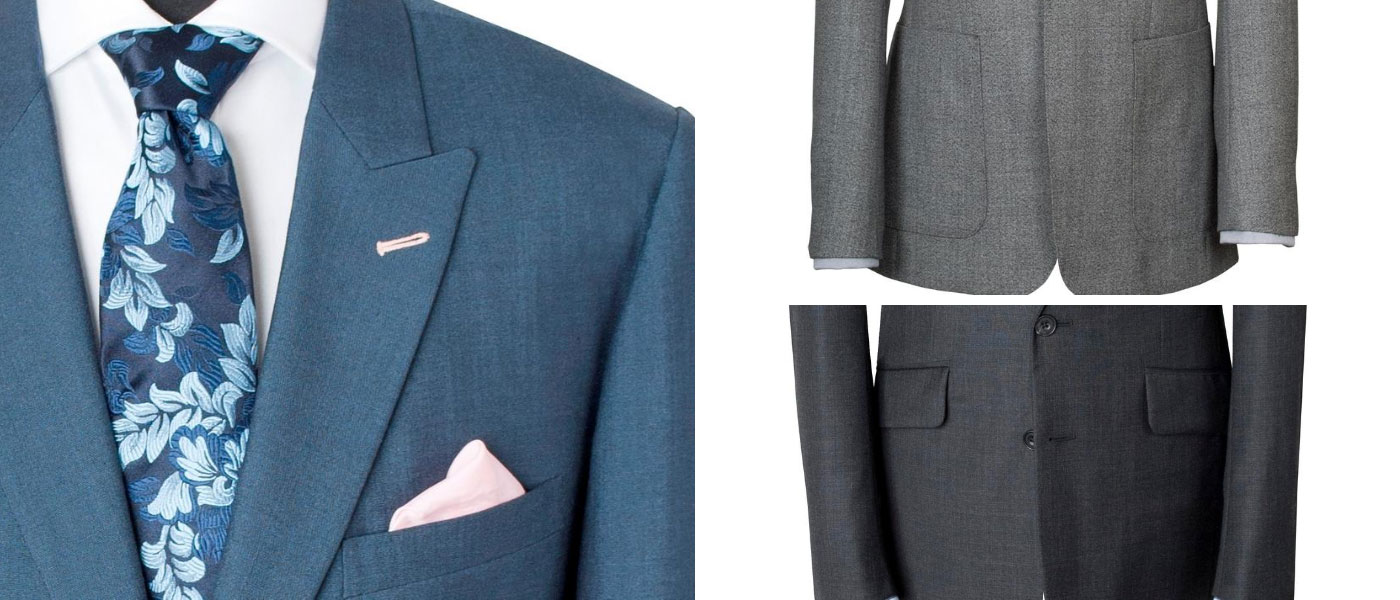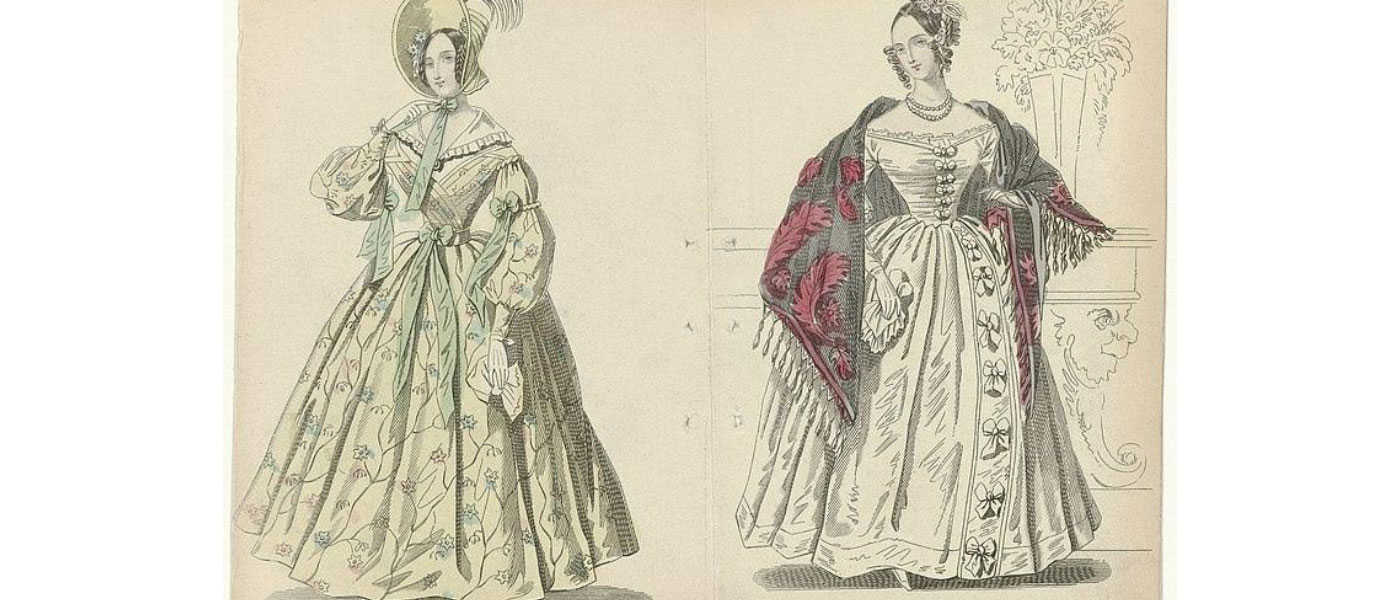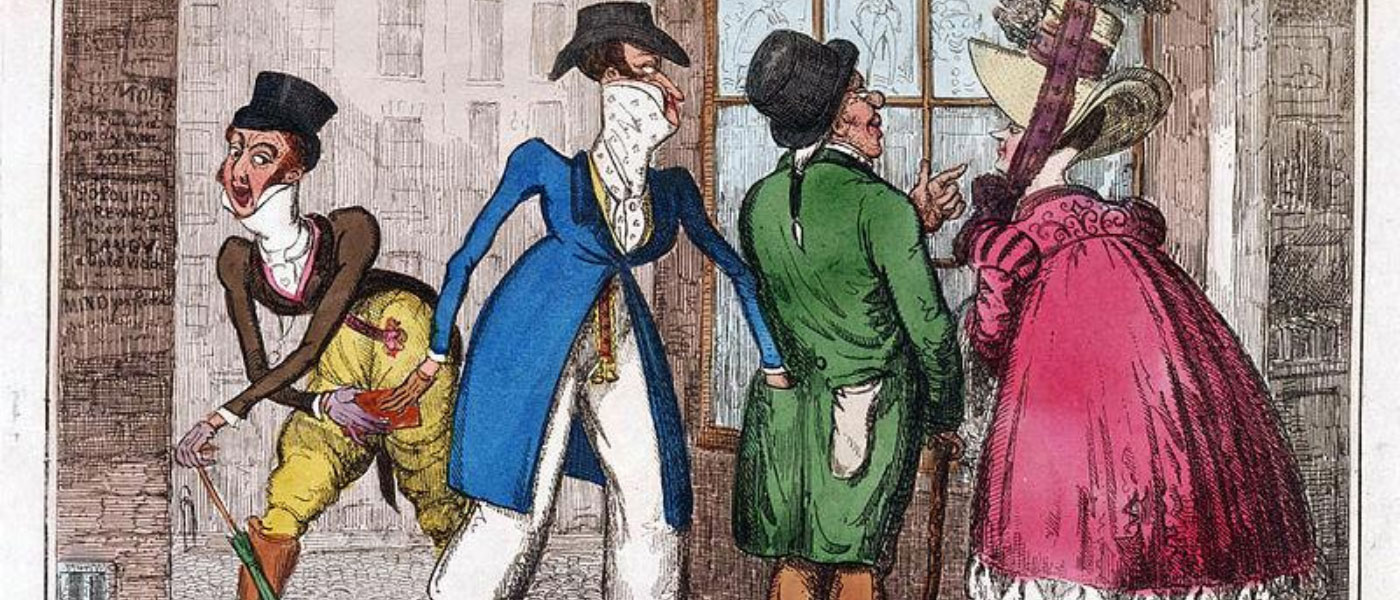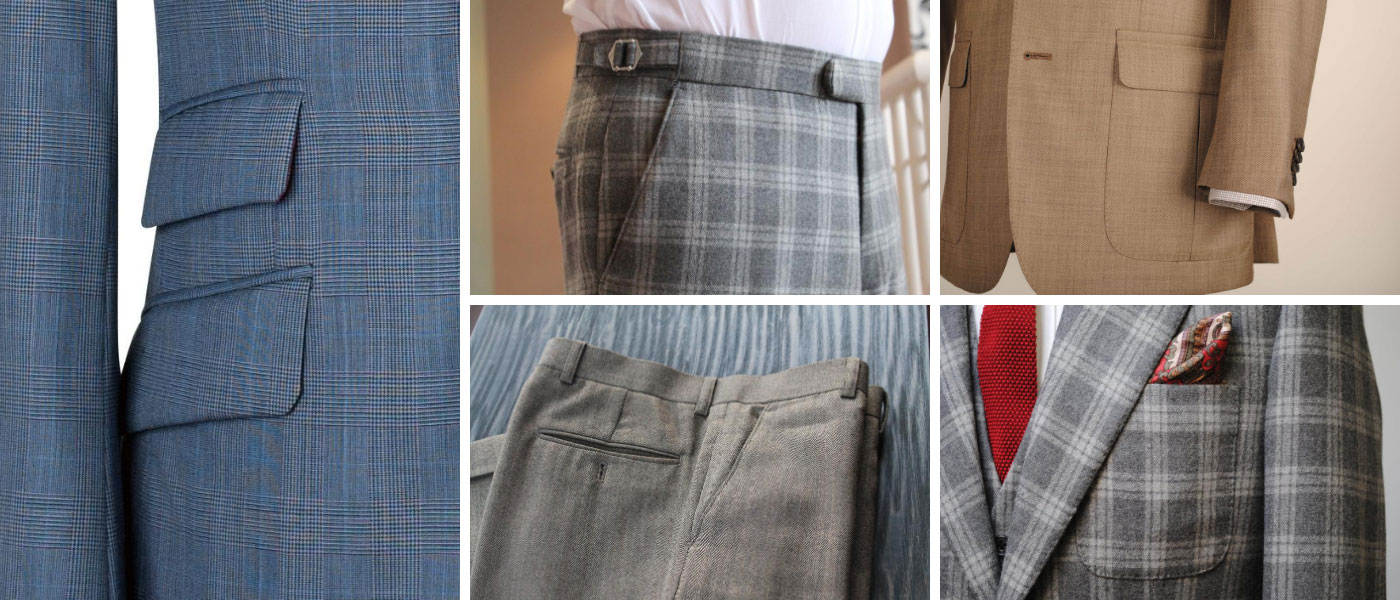Article
The Surprising History of Pockets
Small. Utilitarian. Inconspicuous. The pocket doesn’t exactly engender a lot of attention from designers, stylists and the fashion world as a whole. And yet, the history of the pocket goes back thousands of years and the development of its design brings up questions relating to fashion and gender equality. From its invention, to modern day, we take a look at the surprising history of pockets.

We don’t know the exact date that pockets were invented, but they’ve been around (in one form or another) for a very long time. ‘The Iceman’, a perfectly preserved mummy, discovered in the Ötztal Alps, was found with a pouch, containing valuable items, which was strapped to his belt. Indeed, the word pocket comes from the Old French word ‘poke’ or ‘pouque,’ meaning pouch.
A similar version of this pouch-type pocket persisted for millennia but it was in the 16th Century that we see them fashioned to wearer’s girdles or belts. This design was the same for both men and women. These pockets could be concealed underneath clothing - such as a coat or jerkin, to keep valuables safe from cutpurses and pickpockets.

Then, in the 17th Century, pockets began being sewn into men’s garments but not women’s. Instead, women had to fasten a pouch to a belt, which would be under layers of skirts and petticoats. These pockets would often be ornate in design and would match the outer layers of skirts. But while men’s pockets were functional and helpful, women’s were impractical and not easily accessible.

Women’s tie-on purses would be filled with various items, from money and jewellery to confectionery and perhaps a bottle of gin. The evolution of both men's pockets and these tie-on purses, sees the rise of the pickpocket, who came up with a plethora of ingenious ways to make off with these valuable contents. These included cutting the strings and even sometimes slicing open the bottom of the pouch.

Then fashions began to change, with a slimmer fit and high waistline, meaning that tie-on pockets would bulge out from under the fabric and affect the drape of the dress. And so, women began using ‘reticules’ which were small, handheld bags, the predecessor to modern-day handbags. But they carried very little in comparison to the erstwhile pockets.
With the emergence of outfits like the suffragette suit and the practical clothing of the first and second world wars, women’s pockets became fashionable and necessary once again. But this wasn’t to last long, with the advent of the handbag industry and slimmer silhouettes, the pocket shrank in size and is still sometimes left out of women’s clothing entirely. Christian Dior was reported, in 1954, as saying that ‘Men have pockets to keep things in, women for decoration.’
For men, as the suit evolved, so did the pockets. These came in a variety of shapes and sizes, with a range of functions, such as the ticket pocket, the coin pocket and the watch pocket, often found on the waistcoat.

Many modern-day suits still have some of these pockets and at King & Allen, men and women can choose which pockets to have on their bespoke suit. The choice of pocket can often affect how the suit looks. For example, if you are tall and slim, we might recommend a ticket pocket, or if you are looking to create more of a waist, we'd suggest slanted pockets. The beauty of bespoke is that you can choose as many pockets as you like, according to your taste.
If you'd like to see what options are available for your bespoke suit, you can arrange a fitting here, or contact us to find out more.

